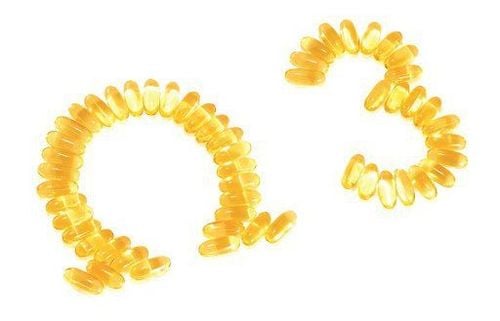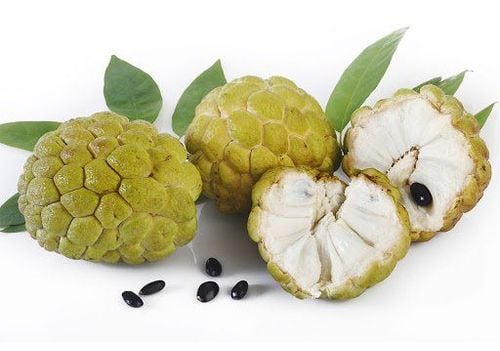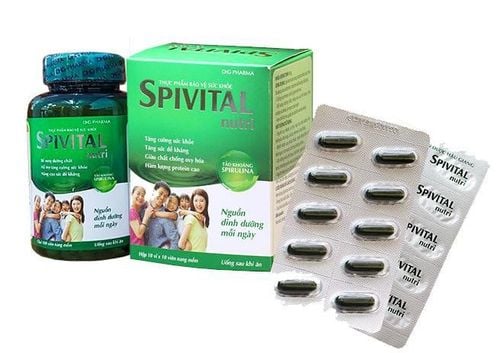This is an automatically translated article.
Nutritionists can offer helpful advice when it comes to weight loss, and nutrition. In fact, many people turn to a dietitian when they're curious to try a plant-based, vegan, or vegetarian diet. Others are looking for low-carb, keto, or high-protein diets. And sometimes, some people ask about an all-fruit diet. So what are the benefits and risks when dieting with fruit?1. What is an all-fruit diet?
An all-fruit diet, or an all-fruit diet, is a vegan diet that is very limited in other foods. This diet does not allow people to eat all products of animal sources, including dairy. People who follow this program eat a diet consisting mainly of raw fruit. Vegetables, dried fruits, nuts and seeds can also be eaten in moderation.Other foods, such as grains, legumes and tubers, are limited or completely eliminated. Cooked foods of any kind, including cooked fruit, are avoided. There is no one-size-fits-all approach to following an all-fruit diet. Some people even eat more ripe and fallen fruits without eating picked fruits. Others will not eat any nuts, as they have the potential to become living plants.
Following an all-fruit diet also carries some risks, such as malnutrition, so talk to your doctor before going on this diet. They can teach you how to meet your nutritional needs without putting your health at risk.
To follow an all-fruit diet, make sure at least 50-75% of your calories come from raw fruit, such as bananas, papayas, grapes, apples, and berries. Typically, another 25-50% of calories in the diet will come from nuts, seeds, vegetables, and whole grains. However, people who follow a strict fruit diet can eat up to 90% fruit and only 10% nuts and seeds. Fruit diets generally revolve around the following seven fruit groups:
Sour fruits: Oranges, tangerines, cranberries, pineapples Acidic fruits: Sweet cherries, raspberries, figs Sweet fruits: Bananas, grapes, melons Oily fruits: Avocado, coconut, olives Vegetables: Peppers, tomatoes, cucumbers, pumpkin Nuts: Hazelnuts, cashews, almonds, pistachios, walnuts Pumpkin seeds, pumpkin seeds Similar to proponents of the paleo diet, many followers of the all-fruit diet consider it an ideal diet for weight maintenance. Some people who eat fruit are motivated by the thought of not wanting to kill any living thing, not even plants, and that is why they pursue this diet. There aren't any specific meal times for the fruit diet. The plan actually encourages the practitioner to eat intuitively — or eat only when hungry and stop when full. There aren't any hard rules about how much or when to eat on the fruit diet. In this case, the practitioner should focus on eating at least three main meals a day, with snacks in between if feeling hungry. The benefit of intuitive eating is that we can freely adjust to our hunger.

Một số người cho rằng chế độ ăn toàn trái cây là cách ăn kiêng hợp lý
50% fruit 20% plant-based protein (e.g. Tempeh, soy, seitan) 20% vegetables 10% whole grains (eg: Oats, wheat, bulgur, quinoa, etc.) Adding other foods to a fruit diet ensures a better nutritional composition and reduces the risk of nutrient deficiencies and health complications.
Unfortunately, there is still not much reliable information about the fruit diet. As it is highly relevant and limited, dietary research is lacking. Most fruit research has focused on antioxidant properties or other unique health benefits, rather than on the long-term effects of a fruit diet.
2. Benefits and risks of an all-fruit diet
While a fruit-based diet may offer some nutritional benefits, it also carries serious risks. Because fruit is usually low in fat and contains a lot of water, we can eat a lot of fruit without worrying about adding too many calories. On a fruit-based diet, the practitioner will need to eat large amounts of food to meet his calorie needs, effectively promoting satiety.Although fruits contain many nutrients, they do not contain all the nutrients needed for a healthy and balanced diet. The fruit diet is one of the most restrictive eating plans out there. Eating mostly fruit alone can also become boring and lead to cravings for other foods.
2.1. Health Benefits An all-fruit diet can offer a number of health benefits such as:
Encourage healthy, whole foods: Fruits are well known for their healthy properties, including includes high levels of antioxidants and high levels of vitamins, minerals, electrolytes, phytonutrients and fiber. The high fiber content in fruit also promotes feelings of fullness, which can lead to weight loss. Promotes hydration: In addition to high nutrient density, fruit contains a lot of water. Eating such a large amount of fruit can support hydration, helping us to have plump skin - which is very important for women.

Ăn trái cây thúc đẩy cảm giác no dẫn đến giảm cân
3. Is an all-fruit diet a healthy choice for you?
The fruit diet is a different diet from most other diets. While some diets may include prepackaged foods or focus on specific food groups, the fruit diet emphasizes only a specific food group.United States Department of Agriculture 2020 – 2025 Dietary Guidelines for Americans recommend consuming a variety of fruits, vegetables, whole grains, dairy products, and protein each day for a balanced diet. equal, healthy. The main recommendations in this guide include:
A variety of vegetables including dark green, leafy greens, red and orange vegetables, legumes (beans and peas), starchy and starchy foods. others Fruits, especially whole fruits Grains, at least half of which are whole grains Dairy products including milk, yogurt, cheese and or fortified soy beverages Fortified with protein from many sources, including seafood, lean meat and poultry, eggs, legumes (beans and peas), nuts and soy products Healthy cooking oils Healthy Limit saturated fats, trans fats, added sugars, and sodium The Fruit Diet does not meet most of these dietary recommendations. While we eat whole fruit with a little bit of vegetables, while limiting saturated fat, trans fat, added sugar and sodium is considered healthy, the fruit diet is lacking. vegetables, grains, milk, proteins and oils.
Whether your goal is to lose, maintain or gain weight, it's important to know how many calories you should consume each day. Most people need about 1,500 calories a day to lose weight, 2,000 calories a day to maintain weight, and an extra 500 calories a day to gain weight. Of course, this number varies based on age, gender, body type, physical activity level, and other factors.

Chế độ ăn kiêng với trái cây không đáp ứng được một chế độ ăn lành mạnh
4. How to start an all-fruit diet
If an all-fruit diet appeals to you, take it slow. Instead of starting immediately, gradually change your current eating habits. This could mean giving up the following:Alcohol Animal products Nuts Processed foods Caffeine You should also start adding to your diet:
Raw fruits Fruits nodules Vegetables Fruit eaters are often liberalized by a variety of fruit groups. They can stick to a three-meal-a-day plan or build up to four to five smaller meals throughout the day. Fruit groups to choose from include:
Acidic fruits, such as oranges, grapefruits, tomatoes, berries, grapes, plums and cranberries Low-acid fruits, such as apples, apricots, raspberries Sticky rice and cherries Oily fruits, such as avocados, olives, and coconuts Sweet fruits, such as bananas, dates, figs and grapes Starchy fruits, such as squash, mangoes Melons Vegetables , such as cucumbers and bell peppers If possible, choose organic fruit. And if we want them to last longer, make sure we're storing them properly! People who adhere to an all-fruit diet should also drink filtered water, coconut water, or fruit juice during the day. And no matter what diet you follow, your body needs exercise to stay healthy. A fruity diet probably won't give you enough energy to exercise. Therefore, you always need to adjust the amount of nutrients in your diet.
Although the fruit diet provides nutrients from fruit, you may not be getting all the nutrients your body needs. The fruit diet lacks protein and healthy fats, as well as vegetables, which are important for maintaining overall health and optimal body function. Following a fruit-based diet can also lead to severe cravings for other foods, which can trigger nausea or lead to digestive upset. Talk to your doctor or a registered dietitian before starting a fruit diet. A healthcare professional can help you design an eating plan that works best for you.
Please dial HOTLINE for more information or register for an appointment HERE. Download MyVinmec app to make appointments faster and to manage your bookings easily.
Reference sources: verywellfit.com, healthline.com












